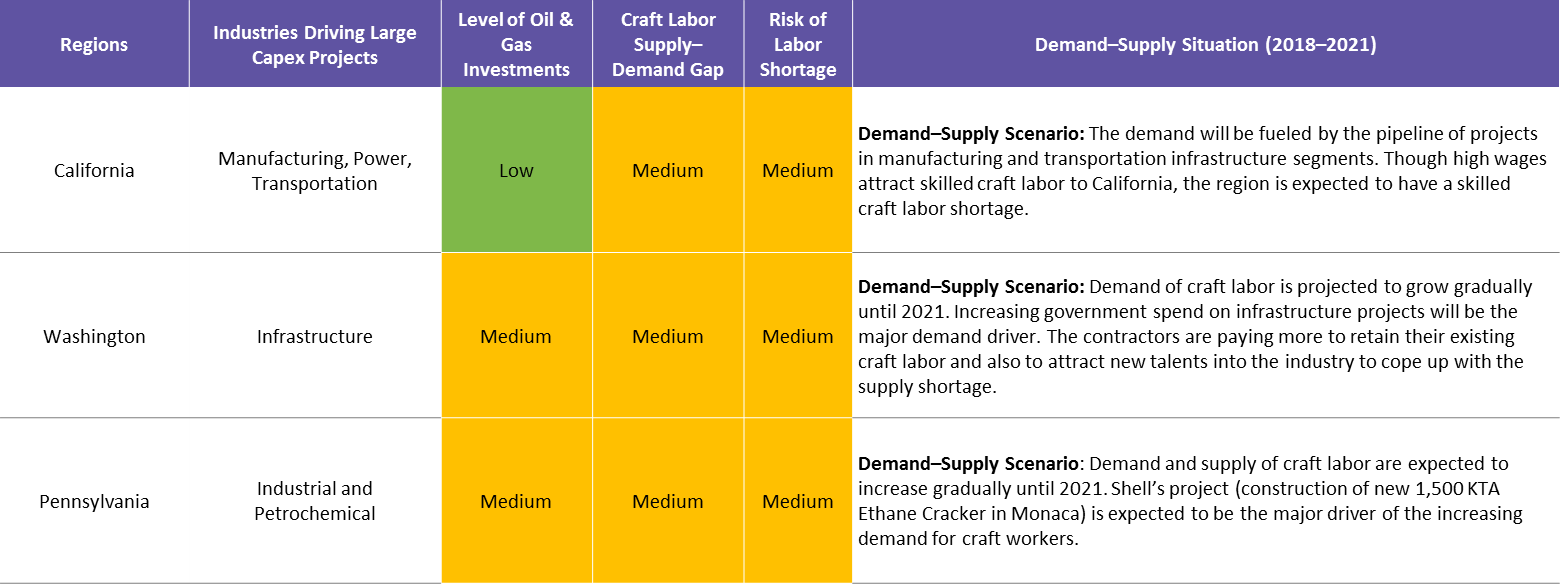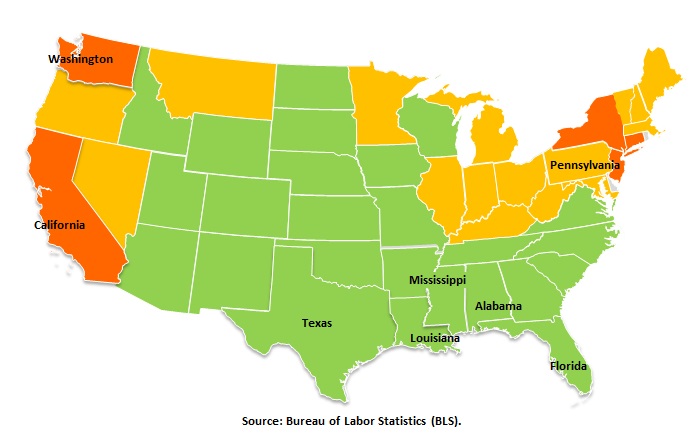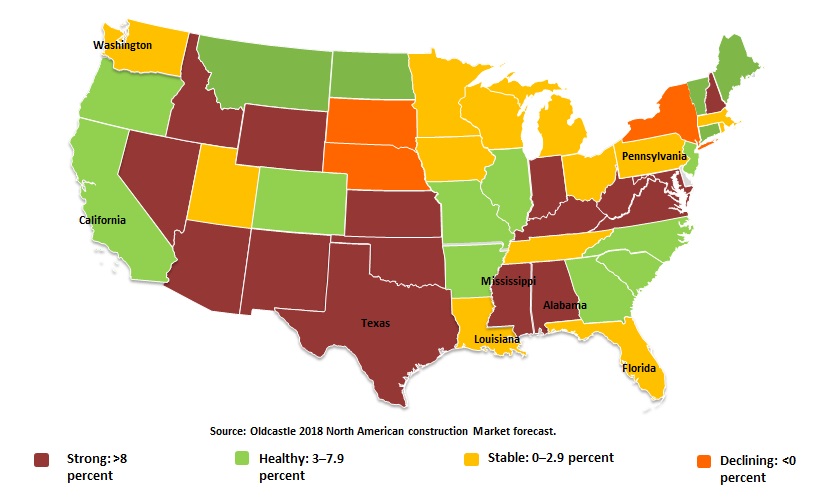
Demand–Supply Outlook for Construction Craft Labor in the U.S.

Abstract
All the U.S. states have been in the cringe of craft labor shortage for quite some time. The hurricanes of 2017 worsened the supply shortage situation. The oil and gas activities in Texas and Louisiana states have been hit hard owing to this. This study tries to find the current craft labor demand supply in the U.S. states, the unionization of craft labor in the U.S. states, and the construction market forecast by state for 2018.
| Key Highlights |
|
Introduction
- One of the main issues currently faced by the construction and oil & gas industry is the shortage of adequate number of craft labor to complete projects in time. All the U.S. states have been suffering from this shortage since a few years. Age-related attrition, the younger generation opting for white-collared jobs or alternate career paths, the inability to pass background checks and drug tests, and migration of labor to other states for better opportunities are some of the reasons for this shortage. The snapshots below give in detail the current demand–supply scenario in the gulf, west, and east coasts, the unionization of craft labor, and the construction forecast for each state.
Demand–Supply Scenario in the Gulf Coast (2018–2021)

Demand–Supply Scenario in the West and East Coast (2018–2021)

Legend Craft Labor Supply–Demand Gap

Skilled Craft Labor Unionization in the U.S.


Key Insights
- According to the Bureau of Labor Statistics (BLS), the total number of unionized construction workforce in the U.S. increased to 14 percent in 2017.
- In 2017, the overall construction industry workforce grew by 379,000. During the same period, construction unions added 99,000 workers.
- Out of the 7.844 million construction workforce in the U.S., only 1.102 million (14 percent) workers were affiliated to unions in 2017. In 2016, only 1.039 million out of 7.488 million workers were affiliated to unions (13.9 percent).
- In the U.S., unionized labor on an average receives approximately 20–22 percent more wages than non-union labor in terms of fringe benefits such as health insurance, pension, training, other allowances, and is mandated with strict compliance to site safety and conduct guidelines.
Construction Forecast by States: U.S. (2018)

References
Byf.org/craft-labor-map
http://city-salaries.careertrends.com/d/t/Construction-Laborers
http://www.salary.com
http://www.salaryexpert.com
Compass International Journal
http://www.hydrocarbons-technology.com/
Related Insights:
View All
Get more stories like this
Subscirbe for more news,updates and insights from Beroe







